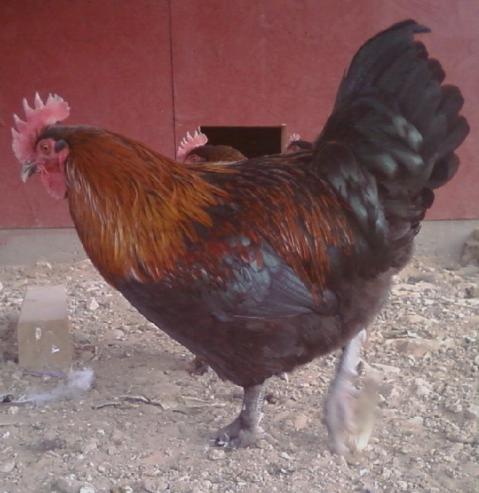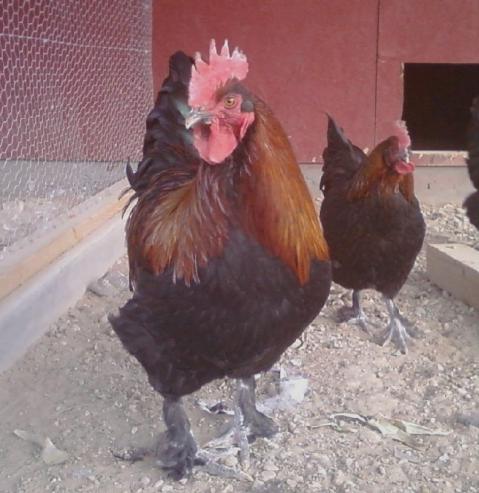Quote:
Merry Christmas to you Keith! Your eggs are beautiful! Good to see you pop in again.

Merry Christmas to you Keith! Your eggs are beautiful! Good to see you pop in again.

Follow along with the video below to see how to install our site as a web app on your home screen.
Note: This feature may not be available in some browsers.














